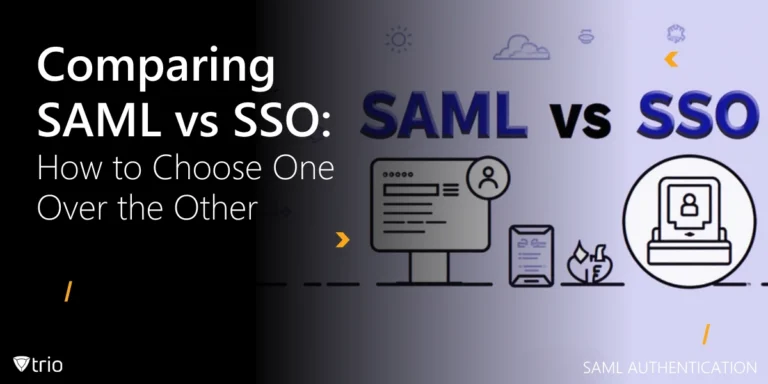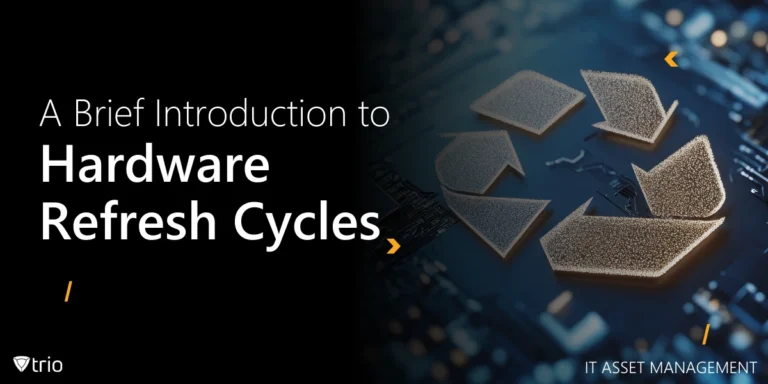The interconnectedness of the digital age has revolutionized how businesses operate, but it has also introduced significant cybersecurity challenges. Cyberattacks are becoming more frequent and complex, targeting vulnerabilities in IT systems and potentially causing severe consequences. A recent report by Skybox Security found a concerning increase in cyberattacks year-over-year, highlighting the urgency for businesses to prioritize robust cybersecurity measures.
The cost of neglecting cybersecurity is substantial. Financial losses from data breaches and operational disruptions can be crippling. Beyond the immediate financial impact, cyberattacks can erode consumer trust and damage an organization’s reputation. Regulatory fines for non-compliance with data security regulations can further burden a compromised organization. In this ever-changing environment, implementing a comprehensive cybersecurity strategy is no longer a choice, but a necessity for business continuity and success. CIS compliance offers a powerful framework to achieve this critical goal. This article will explore the benefits of CIS compliance and provide a roadmap for achieving this essential security standard.
What Are CIS Benchmarks?
The Center for Internet Security (CIS) is a non-profit organization dedicated to enhancing the security posture of both public and private entities. Established in 2000, CIS leverages a collaborative approach, bringing together cybersecurity experts from government, businesses, industry leaders, and academic institutions. This collective expertise fuels the development of CIS Benchmarks, ensuring they remain relevant and aligned with the latest cyber threats.
CIS Benchmarks translate into actionable steps through CIS Controls. These controls represent a comprehensive set of configuration recommendations for various IT systems and applications. These benchmark recommendations prioritize actions that address the most critical vulnerabilities, ensuring a focused and impactful security approach.
CIS Controls are categorized into different implementation levels, allowing organizations to tailor their security posture based on risk tolerance and resource availability. For instance, a Level 1 CIS Controls compliance provides a foundational set of configurations, while Level 2 offers a more in-depth approach.

How CIS Benchmarks are Developed
The strength of CIS Benchmarks lies in their collaborative development process. CIS convenes working groups composed of cybersecurity specialists from diverse backgrounds. These working groups leverage their expertise to identify the most prevalent security threats and corresponding mitigation strategies.
The development process also involves rigorous testing and validation by industry leaders. This ensures the effectiveness and practicality of the recommended configurations before they are released to the public.
Why CIS Compliance Matters
Achieving CIS compliance isn’t just about checking a box; it’s about fortifying your organization’s security posture. Cyberattacks are becoming increasingly sophisticated, posing a significant threat to systems and data security, financial stability, and reputational integrity. Among all types of compliance, CIS compliance offers a powerful shield against these threats, delivering a multitude of benefits for organizations of all sizes. Let’s delve into the concrete benefits of implementing CIS Benchmarks:
Building a Strong Security Baseline
CIS Benchmarks provide a comprehensive set of security configurations that serve as a strong foundation for your overall cybersecurity and data protection strategy. By systematically addressing these configurations, you can significantly reduce your attack surface. Here’s how:
- Hardening operating systems: CIS Benchmarks recommend disabling unnecessary services and functionalities within operating systems. This reduces the number of potential entry points for attackers to exploit.
- Securing applications: Specific configuration recommendations for various applications are provided, ensuring they are securely configured. This minimizes the risk of application vulnerabilities being leveraged in an attack.
- Managing user access: CIS Benchmarks emphasize the importance of least privilege access control. This ensures that users only have the access level necessary to perform their job duties, limiting the potential damage caused by compromised credentials.
Streamlining Compliance Efforts with Other Frameworks
The beauty of CIS Benchmarks lies in their alignment with many established security frameworks and regulations, such as the NIST Cybersecurity Framework (CSF), the Payment Card Industry Data Security Standard (PCI DSS), and the Health Insurance Portability and Accountability Act (HIPAA). Many CIS Controls directly map to controls within these frameworks, reducing redundancy and simplifying IT compliance efforts.
For instance, organizations subject to PCI DSS compliance can leverage CIS Benchmarks for securing their payment card environments. This eliminates the need to reinvent the wheel when addressing overlapping security requirements.
Achieving Measurable Security Improvements
CIS Benchmarks are measurable, allowing you to track your progress towards achieving a secure IT environment. This data-driven approach provides several key benefits:
- Demonstrating ROI to stakeholders: By quantifying the security improvements achieved through CIS compliance, you can effectively communicate the value of your cybersecurity investments to key stakeholders within your organization.
- Identifying areas for improvement: The measurable nature of CIS Benchmarks allows you to identify areas where your security posture may be lacking. This data-driven insight empowers you to prioritize remediation efforts and continuously enhance your security controls.
- Facilitating audits and compliance reviews: CIS compliance can significantly streamline the process of undergoing security audits and compliance reviews. The demonstrably implemented controls can provide auditors with the necessary confidence in your organization’s security posture.
Proactive Defense Against Evolving Threats
While achieving compliance with industry regulations is a crucial aspect of cybersecurity, CIS compliance offers more than just a check-in-the-box exercise. CIS Benchmarks are constantly evolving to address the latest cyber threats. By implementing these best practices, you gain a proactive defense against emerging threats, staying ahead of the curve in the ever-changing cybersecurity landscape.
Here are some specific CIS compliance examples that showcase its effectiveness in combating evolving threats:
- Securing cloud environments: CIS offers dedicated benchmarks for securing various cloud platforms like AWS, Microsoft Azure, and Google Cloud Platform. These benchmarks address the unique security considerations associated with cloud computing, mitigating risks specific to cloud environments.
- Mobile device security: With the growing prevalence of mobile devices accessing sensitive data, CIS Benchmarks provide a set of best practices for securing mobile devices and mitigating the risks associated with mobile malware and unauthorized access.

Achieving CIS Compliance
Achieving CIS compliance empowers your organization with a robust security posture. Here’s a simplified roadmap to guide you through the process:
- Identify applicable benchmarks: CIS offers a wide range of benchmarks for various IT systems and applications. To pinpoint the benchmarks relevant to your environment, explore the resources available on the CIS website. They provide guidance on selecting the appropriate benchmarks based on your specific IT infrastructure.
- Select your compliance level: CIS Benchmarks offer tiered levels catering to different risk tolerances. Choose the level that best aligns with your security needs and resource availability.
- Develop an implementation plan: Prioritize high-impact controls and allocate resources for implementation. Identify and address existing security vulnerabilities to establish a strong foundation and ensure compliance.
- Leverage available tools: Utilize free CIS downloadable tools and templates, such as the CIS hardened images, and explore CIS-compliant software to streamline automation and maintain compliance.
Final Word
CIS compliance isn’t a destination; it’s an ongoing commitment to robust cybersecurity. The CIS standards provide a clear roadmap, assisting you in achieving compliance automation. However, navigating the CIS compliance challenges requires a strategic approach and the right tools.
Here’s where our Mobile Device Management (MDM) solution, Trio, comes in. Trio empowers you to streamline CIS compliance efforts specifically for mobile devices, a rapidly growing attack surface for organizations. This is especially important if your organization has a BYOD policy. Trio simplifies tasks like enforcing strong password policies, identity management, and remotely wiping compromised devices – all directly aligning with key CIS Controls.
Ready to experience the power of Trio? Sign up for a free demo today and discover how Trio can help you achieve CIS compliance through a more secure mobile environment. With Trio, you can confidently navigate the ever-changing cybersecurity landscape, knowing your mobile devices are protected.
Get Ahead of the Curve
Every organization today needs a solution to automate time-consuming tasks and strengthen security.
Without the right tools, manual processes drain resources and leave gaps in protection. Trio MDM is designed to solve this problem, automating key tasks, boosting security, and ensuring compliance with ease.
Don't let inefficiencies hold you back. Learn how Trio MDM can revolutionize your IT operations or request a free trial today!




